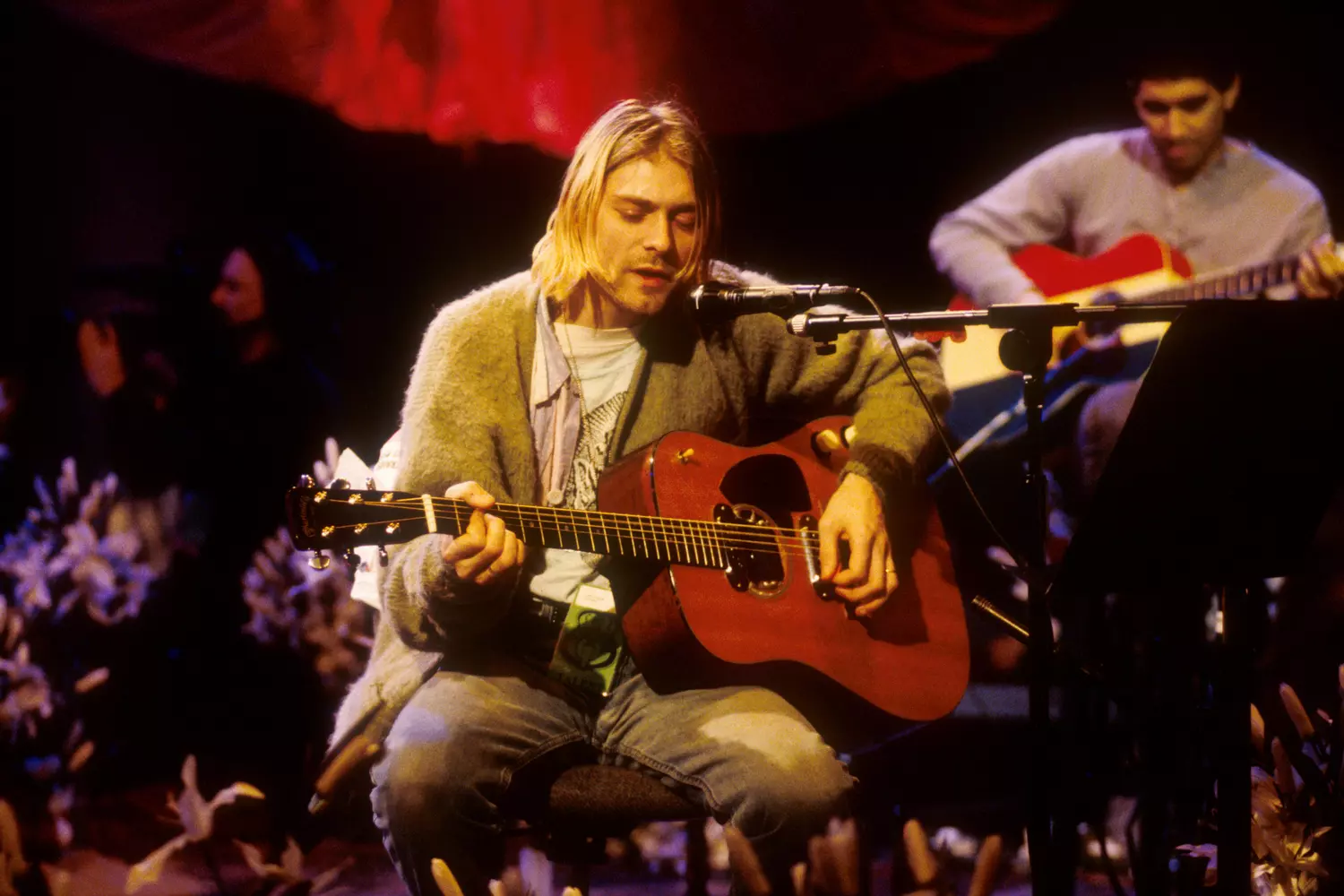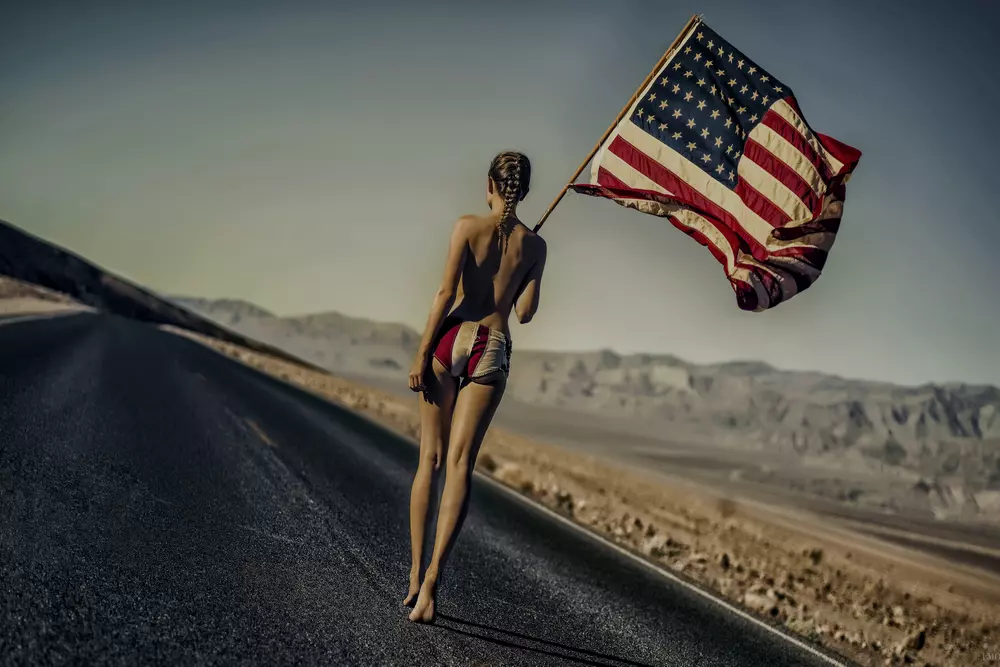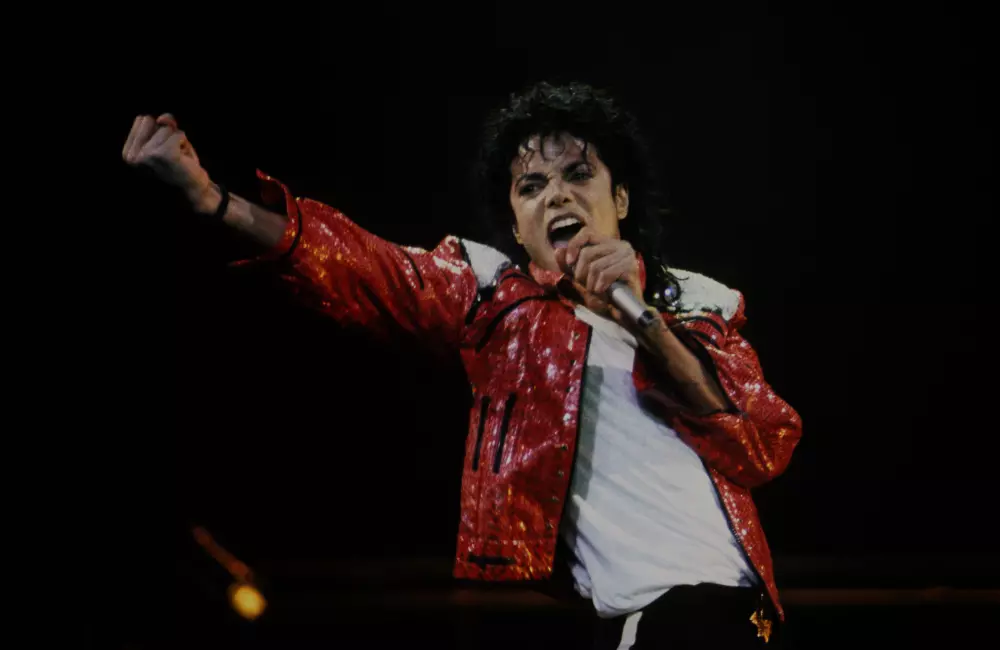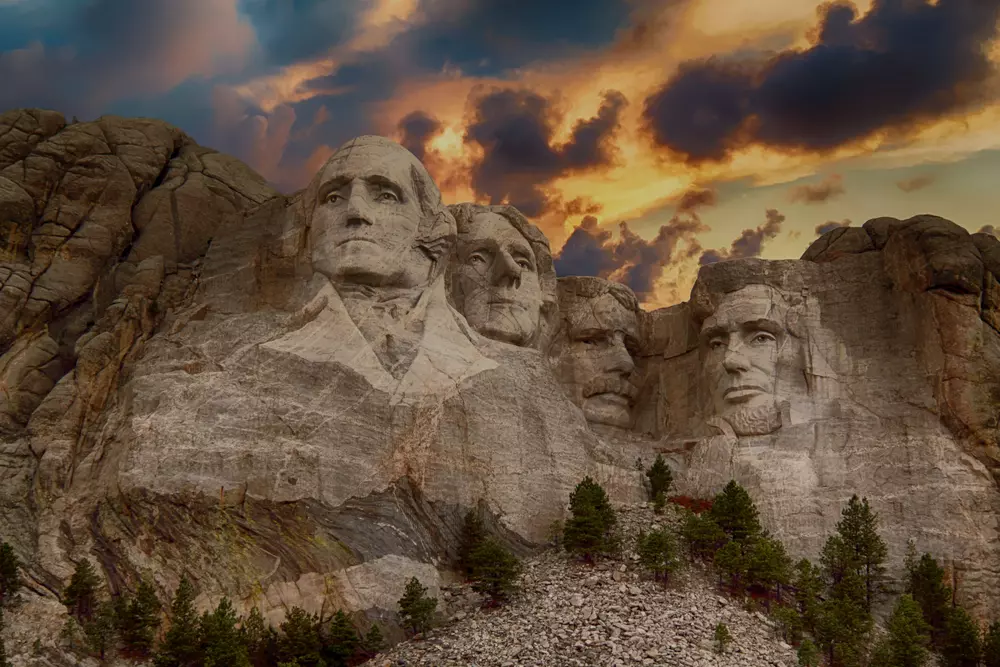Music is one of the most powerful ways to express emotions and transmit culture from generation to generation. In the United States, genres emerged that have had a tremendous impact worldwide. Among them, blues, jazz, and country stand out particularly — three styles that developed in different environments but ultimately became the foundation of the modern music industry.
This article will explore how each of these genres originated, what makes them unique, and why they remain popular decades later.
Blues — Music of Pain and Hope
The blues emerged in the late 19th century among the African American population of the southern United States. Workers on cotton plantations, railroad constructions, and lumber mills sang drawn-out songs that reflected their hardships, experiences, and dreams. These melodies became the foundation of a new musical direction.
In blues, not only the words but also the specific manner of performance are important. The voice sounds drawn-out, with characteristic intonations conveying sadness, longing, or hope. Guitar, harmonica, and piano create a deep, poignant sound. Musicians often use the "call and response" technique, where one phrase seems to echo another.
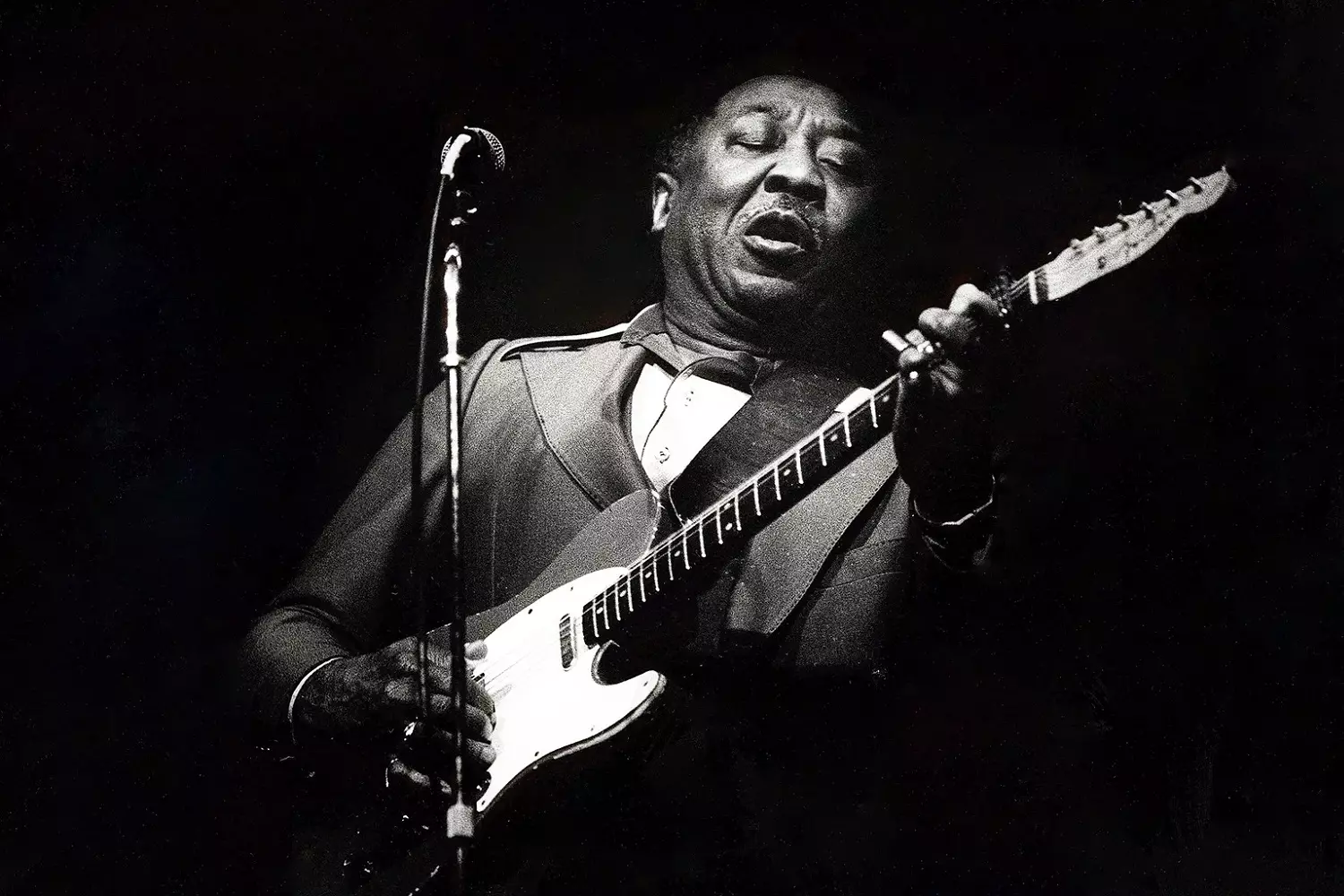
The lyrics of blues songs are simple but sincere. They tell of hard work, love, loss, and the search for meaning in life. In every word, the performer's personal experience and emotions can be heard. It is this honesty that has made the blues popular worldwide.
Over time, the blues ceased to be solely the music of poor neighborhoods. In the early 20th century, it began to be performed in urban bars and clubs. The first recorded compositions appeared, and artists such as Robert Johnson and Bessie Smith attracted a wide audience to the genre. The blues had a huge influence on the development of jazz, rock and roll, and rhythm and blues.
Today, the blues continues to be listened to and played. It has preserved its roots but has become part of global musical culture. In its sound, both pain and hope are still audible — feelings that remain close to everyone.
Notable Figures in Blues
- Robert Johnson — A guitarist and singer, one of the key figures in the development of the blues.
- Bessie Smith — One of the most famous blues vocalists of the 1920s.
- Muddy Waters — The founder of Chicago blues, who influenced rock music.
- Howlin' Wolf — A performer with a powerful voice, a popularizer of electric blues.
- B.B. King — The "King of the Blues," a virtuoso guitarist and vocalist.
- John Lee Hooker — The creator of a recognizable rhythmic style in blues.
- Elmore James — A master of slide guitar who inspired many rock musicians.
- T-Bone Walker — One of the first to use the electric guitar in blues.
- Etta James — A singer who combined blues, jazz, and soul in her work.
- Sonny Boy Williamson — A legendary harmonica player.
Jazz — Improvisation and Freedom
Jazz emerged in the early 20th century in New Orleans. This city was a melting pot of musical traditions from African Americans, European immigrants, and Caribbean peoples — folkloric motifs, marching band rhythms, blues inflections, and church hymns became the foundation of this new genre.
Improvisation is the central principle of jazz. Musicians don't play strictly according to sheet music but freely alter the melody, add unexpected transitions, and complicate the rhythm — each performer creates their own version of the piece, so two performances of the same composition can sound completely different.

In jazz, not only melody and harmony but also rhythm are important. It can be measured, sharp, or smooth — one of the key elements became swing — a particular way of playing that gives the music a "groove" or "bounce." This makes jazz sound lively and natural.
Over time, the genre evolved and took on new forms. In the 1930s, swing orchestral jazz appeared, followed by the complex and fast-paced bebop in the 1940s. Later came cool jazz, free jazz, and other styles — each of these retained the spirit of freedom and experimentation.
Today, jazz is performed all over the world. Every major city has clubs where you can hear live performances — this genre continues to evolve, remaining a symbol of musical freedom.
Notable Figures in Jazz
- Louis Armstrong — One of the founders of jazz, a virtuoso trumpeter and vocalist.
- Duke Ellington — A composer and pianist who created outstanding orchestral works.
- Charlie Parker — A saxophonist, one of the founders of bebop.
- Miles Davis — An innovator who made a huge contribution to the development of cool jazz and fusion jazz.
- John Coltrane — A saxophonist who experimented with sound and rhythm.
- Benny Goodman — The "King of Swing," a popularizer of orchestral jazz.
- Ella Fitzgerald — A singer with outstanding vocal technique and scat singing mastery.
- Billie Holiday — A vocalist with a unique performing style who conveyed deep emotions.
- Thelonious Monk — A pianist known for his unconventional playing style.
- Dizzy Gillespie — A trumpeter, one of the main creators of bebop.
The life story of Kurt Cobain and the Nirvana group
Country — The Music of Ordinary People
Country music originated in the early 20th century in the southern states of the USA. Its roots lie in the folk songs of European settlers, who brought with them ballads, dance tunes, and church hymns — these melodies intertwined with American traditions, and gradually a new genre was formed.
The main thing in country music is simple, relatable stories — the songs tell of life on the farm, love, family, hard work, and dreams. There are many emotions in the lyrics, but without excessive drama — the music sounds sincere and therefore easily resonates with the soul.
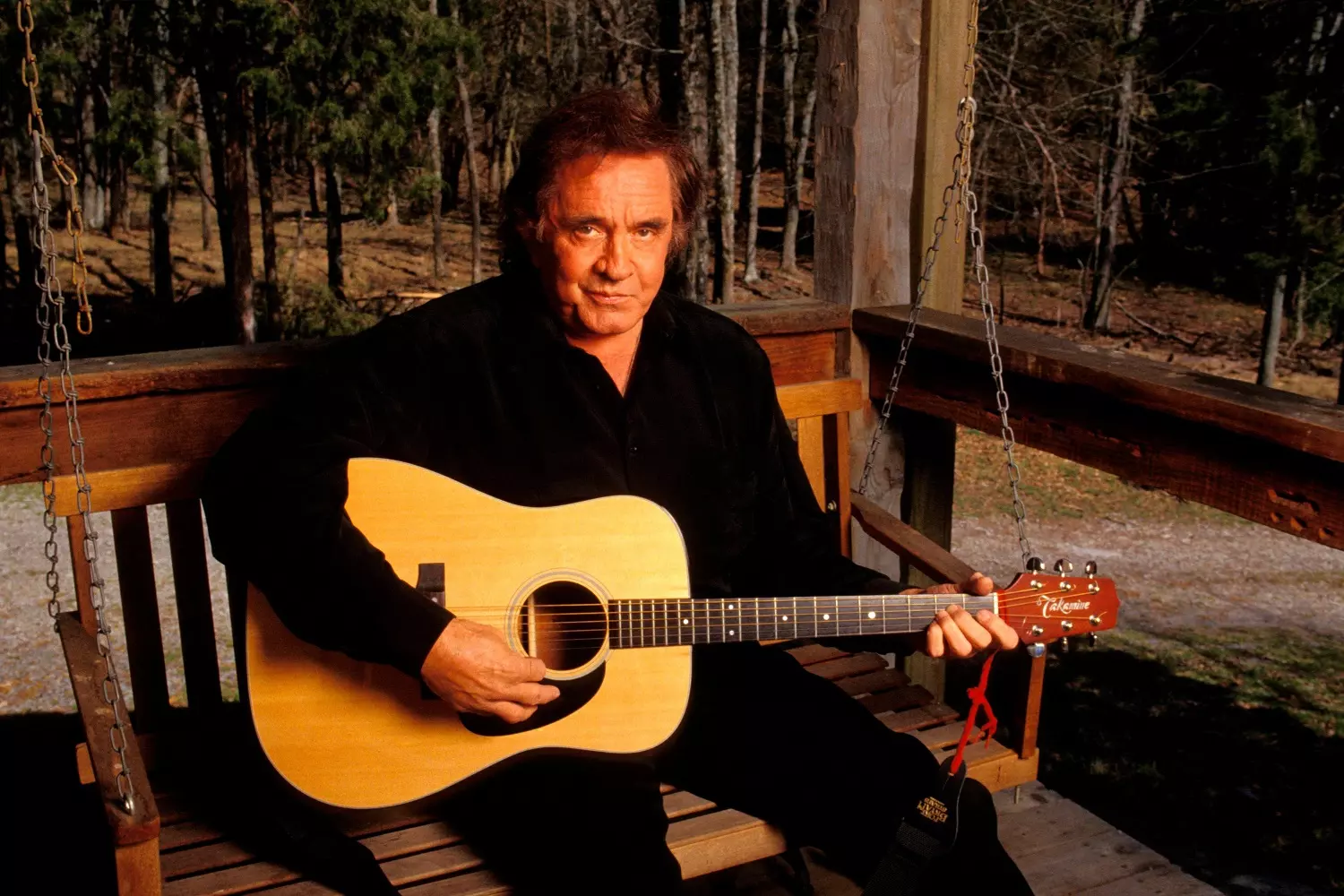
The main instruments are acoustic and steel guitars, banjo, fiddle, and harmonica — it is thanks to them that country music acquired its recognizable sound. Later, drums, electric guitars, and keyboards were added to the traditional set, which made the genre more diverse.
In the mid-20th century, country music went beyond rural communities — radio stations began actively broadcasting new songs, and the first stars of the genre appeared. Johnny Cash, Patsy Cline, and Hank Williams became idols for millions — later, Willie Nelson, Dolly Parton, and other artists joined them, expanding the boundaries of country music.
Over time, the genre has changed — classic country coexisted with country rock, pop country, and even country rap. Despite this, the main idea has remained unchanged — honest stories about the lives of ordinary people, told through music.
Notable Figures in Country Music
- Hank Williams — One of the founders of the genre, the writer of many classic hits.
- Johnny Cash — A legendary performer with a deep voice and powerful lyrics.
- Patsy Cline — One of the first female country music stars, known for her soulful vocals.
- Willie Nelson — A musician who combined classic country with new styles.
- Dolly Parton — A singer and songwriter who became a symbol of country music.
- Merle Haggard — One of the main representatives of the outlaw country movement.
- Garth Brooks — An artist who made country music popular on a mass level.
- Loretta Lynn — A singer who wrote songs about the lives of women in America.
- Keith Urban — A contemporary artist who combines country and pop music.
- Chris Stapleton — A singer-songwriter who brought country music back to its traditional sound.
How These Genres Influenced Global Music
Blues, jazz, and country not only shaped the musical culture of the United States but also became the foundation for numerous global genres. They changed the sound of rock and roll, pop music, hip-hop, and even classical orchestral works. Their influence can be traced in hundreds of styles, from soul to metal.
Blues — The Roots of Rock and Metal
The blues laid the groundwork for rock music. In the early 1950s, African American musicians like Chuck Berry and Bo Diddley began to speed up the rhythm of traditional blues, adding a more aggressive electric guitar sound. This is how rock and roll was born. Later, British bands, including The Rolling Stones, The Beatles, and Led Zeppelin, took blues riffs and turned them into the foundation of rock.
But the influence of the blues was not limited to rock. Metal, hard rock, and even grunge use its harmonies and techniques. For example, Black Sabbath drew inspiration from slow and heavy blues melodies, while Nirvana used a bluesy delivery in their sound.
Even in hip-hop, the blues left its mark. Many rap artists borrow melancholic blues motifs, creating dark and atmospheric music. For example, you can hear samples of old blues recordings in the work of Jay-Z and Kanye West.

Jazz — Freedom, Improvisation, and Experimentation
Jazz not only changed the perception of music but also completely revolutionized the approach to performance. Before its emergence, musicians played strictly according to sheet music, but jazz introduced the culture of improvisation. This greatly influenced rock, funk, soul, and even electronic music.
In the 1960s, artists like The Doors and Pink Floyd began to use long jazz improvisations in their compositions. Funk and soul also grew out of jazz — James Brown and Prince used complex rhythms and horn sections characteristic of this genre.
In hip-hop, the influence of jazz is particularly noticeable. In the 1990s, the jazz rap movement emerged, which used jazz harmonies and live instruments. Groups like A Tribe Called Quest and De La Soul created a unique style that still sounds relevant today.
Even electronic music has borrowed elements of free melodic construction and complex rhythmic patterns from jazz. Many techno and house artists use jazz chords and wind instruments, creating an unusual sound.
Country — The Soul of American Music
Country music influenced not only rock and roll but also modern pop music. In the 1950s, Elvis Presley, Buddy Holly, and Johnny Cash took country rhythms and added more energy to them — this is how rock and roll was born.
Later, country became an important part of American pop music. Artists like Taylor Swift, Shania Twain, and Kacey Musgraves mixed country with pop sounds, making it popular worldwide. The influence of country is also noticeable in Southern rock (Lynyrd Skynyrd, The Allman Brothers Band) and even in rap — artists like Lil Nas X experiment with country motifs.
Country music also influenced folk music. Artists like Bob Dylan and Joni Mitchell were inspired by country ballads, creating poignant songs about life, love, and freedom.
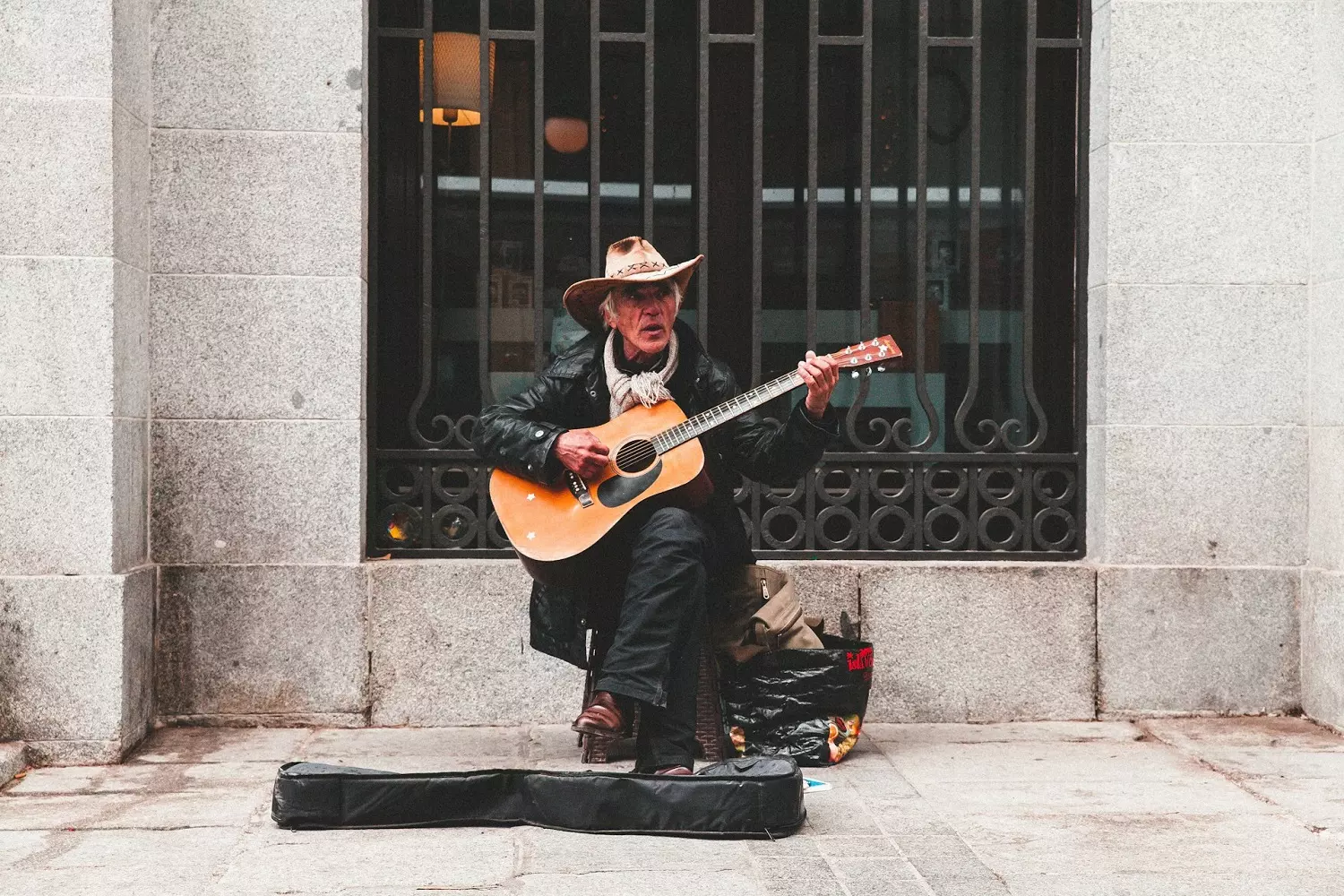
Blues, jazz, and country not only gave rise to new genres — they changed the very approach to creating music. The blues brought soulfulness and deep emotions to it, jazz brought freedom and experimentation, and country brought sincerity and stories about the lives of ordinary people. Without these genres, modern music would sound completely different.














